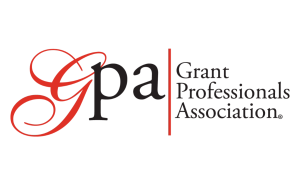Nonprofit managers know they need plans. Like with any other organization, there is a need for goals and objectives, work to do, and resources to gather and manage. This doesn’t happen in a vacuum or on the spur of the moment. It happens as the result of a planning process — deciding where you want to be at some date in the future, and how you want to get there.
The current challenge is the “some date in the future.” What’s a realistic yet aspirational time frame for a nonprofit’s development and growth agenda? Everyone is working with the uncertainties of COVID, economic volatility, etc. Even before all of these complications are factored in, managers struggle to figure out how far ahead they can project their outcomes and impact — and what they can offer prospective funders in terms of a “guarantee” of sustainability.
Breaking news: There is no guarantee. Instead, leaders at a well-governed and well-managed nonprofit can do a little more than just read tea leaves or consult a fortune-teller. “There are some indicators, some practical guidelines,” said Thomas Boyd, chief editorial consultant for The Grantsmanship Center in Los Angeles, Calif., “for developing a planning process that helps, not frustrates.”
Unless your nonprofit works in a bubble, it will be affected by economic trends. There is widespread agreement that the global economy is slowing down a bit and this will play out over the next three or four years. This means money from donors (individual and institutional) will probably be tighter. Can you buck the trend and set ambitious “growth goals” or begin to factor in a cooling economy? See if it’s possible to gather data about your donor community and use it to help discuss your plans.
Will your mission and programs stay the same, grow, change, evolve? The U.S. population will be much larger in 10 years. It will be much older, and it will be much more racially diverse. This might or might not speak directly to your nonprofit’s work, but it will certainly influence the world (and the community) you serve. In what ways? That’s food for planning and deliberation.
There are other ways to anticipate the road ahead and they all have a common denominator: constant, consistent review and refreshing of the data and the assumptions you make about it. The best long-range plan is a series of planning exercises, a “formative evaluation” that takes place while you work. It’s fine to talk about five-year goals as long as you recognize you might need to agilely maneuver the twists and turns between now and then. © Copyright 2022 The Grantsmanship Center










